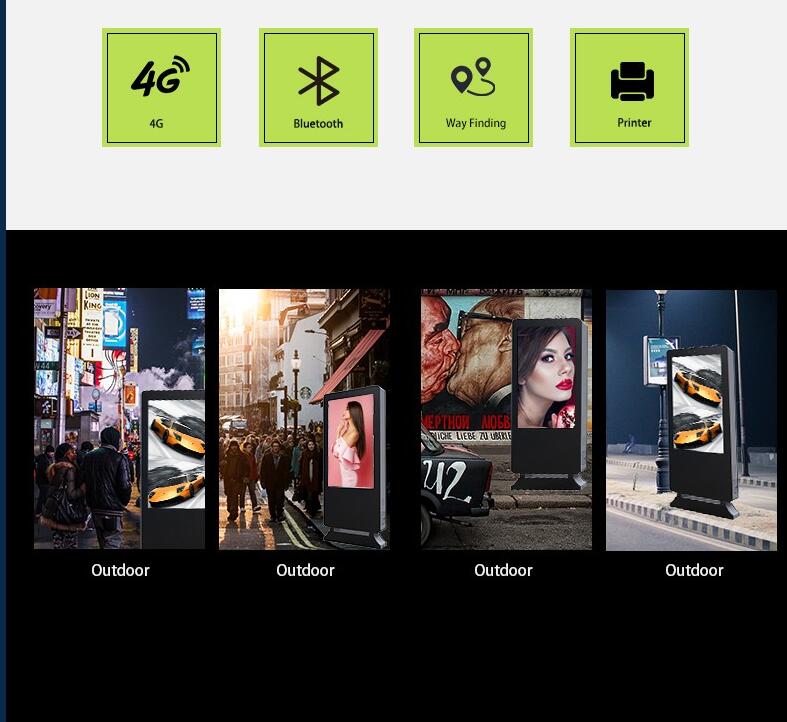How outdoor digital kiosks are transforming the way we interact with public spaces?
Outdoor digital kiosks are transforming the way we interact with public spaces by providing a wealth of information and services in a convenient and accessible manner. These advanced devices are designed to withstand the elements and are equipped with advanced technology and data analytics, enabling them to provide real-time information and improve the functionality of surrounding infrastructure.
One of the primary benefits of outdoor digital kiosks is their ability to provide valuable information to the public. They can display real-time data on public transportation schedules, weather updates, local events, and tourist attractions. This information can be incredibly useful for residents and visitors alike, helping them to better navigate and enjoy the city.
Outdoor digital kiosks also have a significant impact on public safety and security. Equipped with cameras, sensors, and other monitoring devices, these kiosks can detect potential hazards and alert emergency services in case of an incident. This can help to prevent accidents and minimize damage in the event of an emergency, and can also provide valuable data to help improve future safety measures.
Another important benefit of outdoor digital kiosks is their ability to provide free Wi-Fi access to the public. This can be a valuable service for residents and visitors, enabling them to stay connected while on the go and helping to bridge the digital divide.
Outdoor digital kiosks can also be used for environmental monitoring by using sensors to track air quality, noise levels, and other environmental factors. This data can help cities to better understand and address issues related to pollution and climate change.
Overall, outdoor digital kiosks are a valuable tool for urban planners and city officials looking to improve the quality of life for residents and visitors alike. By leveraging the latest in connected technology, these kiosks can provide a wealth of information and services in a convenient and accessible manner, making cities smarter, safer, and more efficient.

